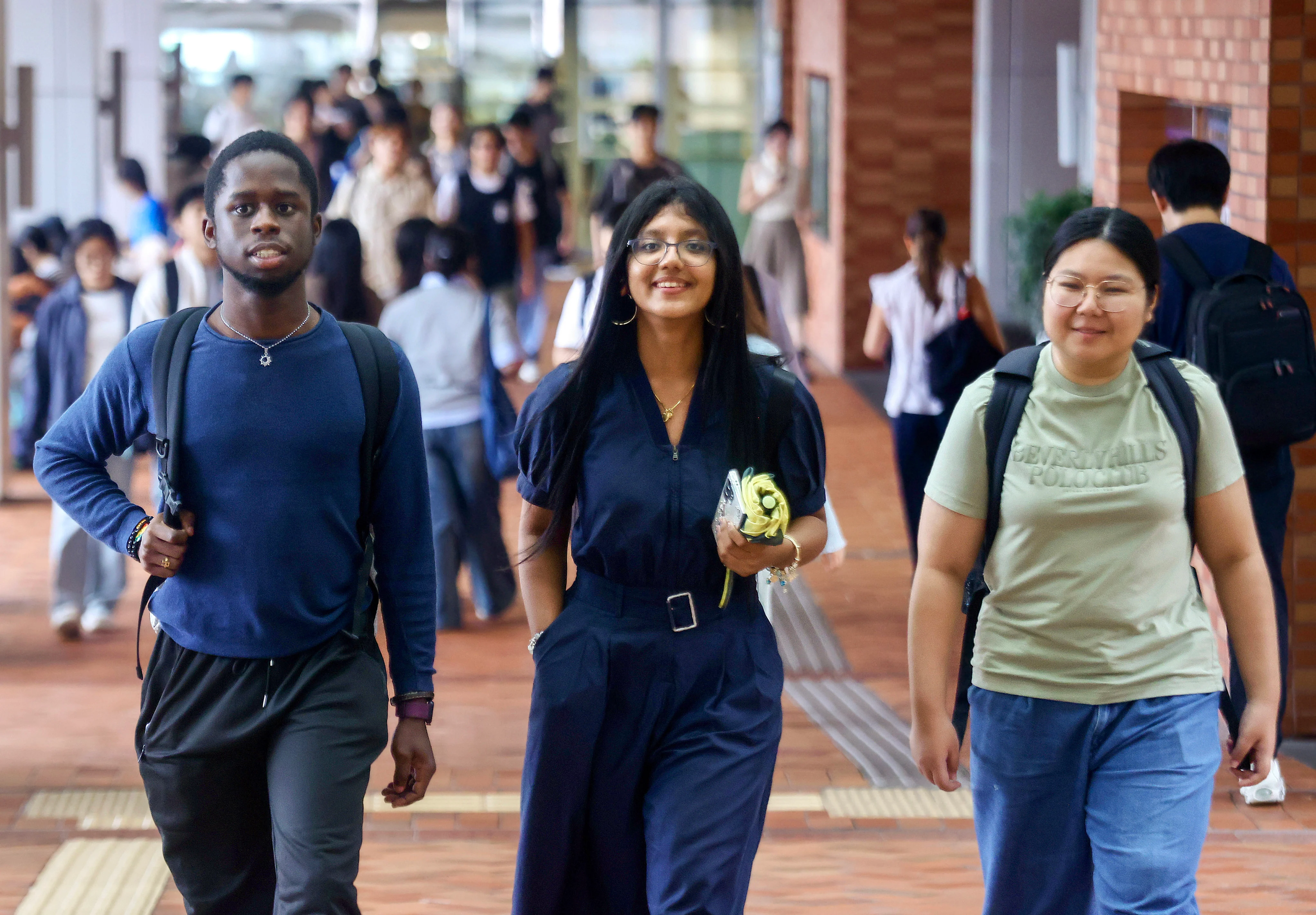Copyright scmp

Few moments in US history have tested academic freedom as much as the present, with US President Donald Trump’s administration releasing a 10-point Compact for Academic Excellence in Higher Education. What started as bureaucratic proposals have hardened into a national doctrine tying federal funding to political conformity. It is changing the nature of US universities and reshaping international education options. The plan, initially sent to nine universities, proposed conformity with certain demands in return for securing preferential access to federal funds. They include removing race and gender factors from admissions and hiring, publishing detailed student applicant data, reinstating standardised testing, freezing tuition fees for five years and limiting the international undergraduate enrolment to 15 per cent. Universities with endowments exceeding US$2 million per student must offer free tuition for science degrees. Diversity and inclusion programmes are to be replaced by a “marketplace of ideas”. Institutions that sign the compact gain better access to federal research funding; those that refuse risk investigation or frozen grants. The backlash has been considerable. Most universities approached, including Massachusetts Institute of Technology and Brown, have rejected the agreement, viewing it as an attack on academic independence. Public opinion reflects these concerns. A recent poll by Quinnipiac University showed most Americans view the plan as government overreach. While some support measures to reduce costs in higher education, many feel uncomfortable with Washington’s growing control over campus affairs. This discomfort has sparked widespread opposition and protests across the country. Although higher education needs reform, many believe political enforcement is the wrong method. For international students, the plan comes amid a wave of restrictions. The Department of Homeland Security wants to replace the flexible “duration of status” visa rule with fixed terms of no more than four years, requiring renewals for longer courses. Applicants now face extended background and social media checks, new fees and mandatory reporting by universities. Visa caps targeting certain nationalities, especially Chinese students in science and technology fields, have fuelled uncertainty. This uncertainty is especially evident in India, where generations of students have aspired to study in the United States. That ambition is being disrupted, with a reported 45 per cent decline in Indian student arrivals. Academic pathways that once represented opportunity are now fraught with bureaucratic barriers, undermining the essence of US higher education and its ability to attract global talent, reducing its influence on the world stage. Meanwhile other places are relaxing their admission policies. Hong Kong raised the limit on non-local undergraduates in publicly funded programmes to 40 per cent in 2024, and this year’s policy address proposes raising it to 50 per cent next year, signalling the city’s ambition. Universities are working to expand scholarships, research collaborations and partnerships. They offer a blend of East-West access and academic independence that appeals to students and academics seeking opportunity and openness. But challenges remain. While Hong Kong’s policies are evolving to attract international students, their integration into local communities and university life still lags behind. Many mainland and non-local students struggle to form meaningful connections with local peers. Universities need to go beyond academic achievement and foster the soft skills that enrich students’ experiences and prepare them to succeed in a multicultural world. These skills are vital not only for academic or professional success but also to promote cultural exchange and build genuine connections. Building these connections is crucial for fostering mutual understanding, respect and a sense of community. As a student in the US, I formed lifelong friendships with peers from around the world, gained deep cultural insights and learned to navigate differences – experiences that enriched my education. For Hong Kong to become a global education hub, it must cultivate integration, welcoming students from all parts of the world and creating connections that inspire collaboration and innovation. This is not new for Hong Kong. In the 1960s and 1970s, many Southeast Asian youth of Chinese descent came here for education because their parents wanted them to learn Chinese and options at home were limited. When these students returned home, they became valuable business connections, carrying fond memories of Hong Kong’s people, food and culture. Trust, built through shared experience, laid the groundwork for future business. This highlights the importance of Hong Kong leveraging its role as an international education hub to cultivate lasting connections. International students, including from the mainland, should leave with more than an education; they should carry meaningful relationships with local and international peers. Relationships formed at university can foster trust, collaboration and long-term success.



